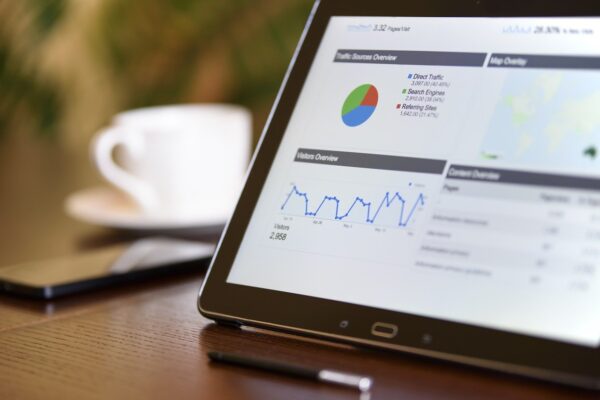
It seems like we have access to more data than ever, but are you using data effectively in your marketing?
Alongside using data to inform marketing and audience decisions, you should be incorporating data into your marketing materials themselves. Data is both powerful and persuasive, and people inherently trust numbers and statistics.
Here are three easy ways to use data in your marketing in 2021.
Use data to show your product impact
If you work in a product-based industry, like SaaS, you likely have data that demonstrates how your product affects your customers’ lives. You might already be using these statements in your B2C marketing without knowing it. If you claim that your product will save customers time or money, or if you state that it will positively impact their lives, you’re making these claims.
Incorporate data into your marketing by validating these claims and putting a number on them. How much money is your customer going to save? How much time? What is the positive impact?
Saying that your software will save your customers $5,000 dollars a year is much more impactful and impressive than not attaching a figure to the statement. The good thing about using data in this way is that it doesn’t feel forced or unnatural and iss fairly easy to quantify.
Use data to tell a story
Data storytelling is currently a popular term in the marketing world. A data storytelling benchmark report from Venngage revealed that 32% of those surveyed had learned to use data storytelling for the first time in their current marketing role, indicating that this skill is still developing among marketers.
But data storytelling also has a lot of potential. Data is fairly easy to gather through surveys, internal user data, and customer testimonials, and can be pieced together in a compelling narrative.
The New York Times is a great example of data storytelling, with many of the interactive pieces they produce demonstrating how to marry data and narrative to take the reader on a journey. The general principles of this form of storytelling can be applied to marketing materials such as blogs, case studies, and videos too.
Use data as a testimonial
There’s nothing more powerful than a fact. We’ve all heard the phrase “the numbers speak for themselves”. If you want to incorporate data into your marketing more, using data as a testimonial is a great place to start.
Data as a testimonial can be anything from your big proof points, such as how many active users or previous customers you’ve served, to much smaller data bites, like 95% of customers who signed up last month have used our product 3 times a week.
Whatever data you use, make sure it proves that your product is valuable, and that the data is communicated in a compelling way. Think of approaching your data testimonials in the same way you approach case studies or customer reviews. What does your audience really want to know, and how can you show them that?